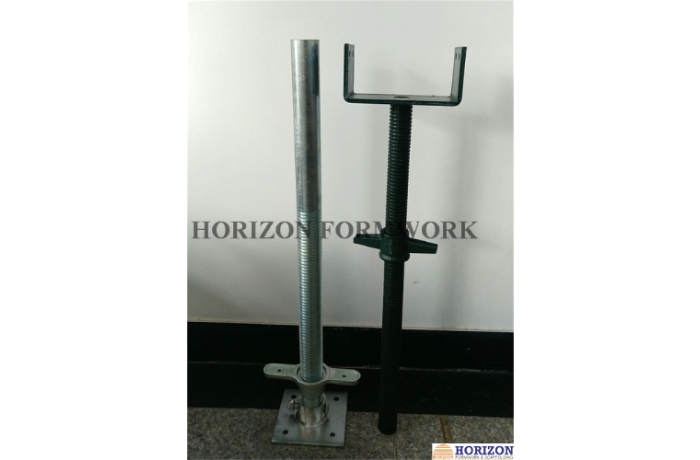Jul . 28, 2024 09:23 Back to list
Designing Efficient Vertical Formwork Solutions for Wall Construction in Modern Architecture
Vertical Formwork for Wall Construction An Overview
Vertical formwork plays a crucial role in modern construction, particularly in the casting of concrete walls. This technique involves the use of various materials and systems to create a temporary structure that holds wet concrete in place until it hardens. The effectiveness of vertical formwork directly affects the quality, safety, and efficiency of the construction process, making it a vital aspect for builders and contractors.
Types of Vertical Formwork Systems
There are several types of vertical formwork systems, each suited for different project requirements. The most common include
1. Traditional Timber Formwork This system uses wooden boards and supports to shape the concrete. While it is versatile and can be customized to fit various shapes, it is labor-intensive and can be less durable compared to other systems.
2. Metal Formwork Made from materials like steel or aluminum, metal formwork systems are robust and reusable. They are ideal for large-scale projects where durability and precision are essential. Metal forms can facilitate rapid construction, reducing the time required for assembly and disassembly.
3. Plastic Formwork Lightweight and easy to handle, plastic formwork is often used for smaller projects or where intricate shapes are needed. It is resistant to moisture, making it a suitable option for various weather conditions.
4. Modular Formwork This innovative approach utilizes pre-engineered components that can be quickly assembled and disassembled. Modular systems allow for high flexibility and adaptability to different wall sizes and designs, making them a popular choice for complex projects.
Advantages of Vertical Formwork
vertical formwork for wall

The benefits of utilizing vertical formwork systems in wall construction are manifold
- Quality Control With the right formwork, builders can achieve precise dimensions and smoother finishes, helping to minimize the need for extensive post-construction work.
- Speed Efficient formwork systems can significantly reduce the time required for wall construction, allowing projects to be completed quicker without sacrificing quality.
- Safety Properly designed formwork provides structural stability during the curing process, reducing the risk of accidents and ensuring a safer working environment for construction personnel.
- Cost-Effectiveness While the initial investment in formwork systems may be higher, the long-term benefits, including reduced labor costs and shorter construction time, often outweigh the expenses.
Challenges in Vertical Formwork
Despite its advantages, there are challenges associated with vertical formwork. Weather conditions can affect the curing of concrete, especially if forms are not adequately insulated or protected. Additionally, the quality of the materials used in formwork can impact the final product. Therefore, selecting the right formwork system tailored to specific project needs is critical.
Conclusion
Vertical formwork is an essential aspect of wall construction that influences both the timeline and quality of building projects. By understanding the various types of formwork systems available and their respective advantages, construction professionals can make informed decisions that ultimately lead to successful project outcomes. As the construction industry continues to evolve, embracing innovative formwork solutions will be key to meeting the demands for faster, safer, and more efficient construction processes.
-
High-Quality U Head Jack Scaffolding – Reliable Scaffolding Jack Head Manufacturer & Factory
NewsJul.08,2025
-
High-Quality I Beam H20 Leading Timber Beam H20 Material Factory, Exporters & Manufacturers
NewsJul.08,2025
-
High-Quality Powder Coating Steel Formwork - Durable & Corrosion Resistant Solutions
NewsJul.07,2025
-
Inclined Column Formwork Supplier – Durable & Precise Solutions for Unique Structures
NewsJul.07,2025
-
High-Quality Water Stop Solutions Trusted Water Stop Company & Suppliers
NewsJul.07,2025
-
High-Quality Formwork Material Supplier Reliable Manufacturer & Factory Solutions
NewsJul.06,2025